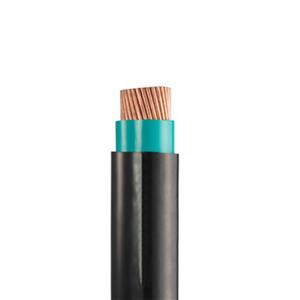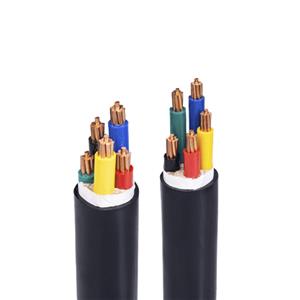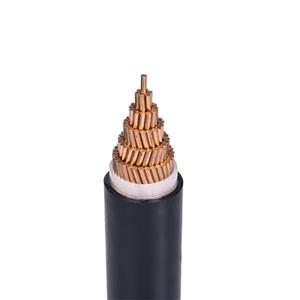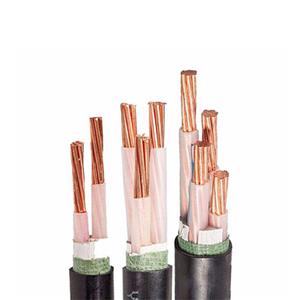What should I do if the cable gets wet?
Cables are an important part of power transmission, and they are often buried underground or installed inside buildings. Sometimes cables are subject to water intrusion, which can have a serious impact on the performance and safety of the cable. So, can the cable still be used if water enters it?
Cable water hazards.Generally speaking, water cannot enter power cables during production. The inside of the cable must be dry. Due to the harsh electric field voltage test, cables with water ingress cannot leave the factory.
Once water enters the cable, under the action of the electric field, water tree aging will occur, eventually leading to cable breakdown. Water trees are collections of water-filled voids ranging from 0.1m to several microns in diameter. The local high electric field areas formed by impurities, pores in the insulation, and uneven joints between the insulation and the inner and outer semiconducting layers are the starting points for water trees. The development process of water trees generally takes more than 8 years. The higher the humidity, temperature, and voltage, and the more ions contained in the water, the faster the development of water trees.
Water directly enters low-voltage power cables, causing corrosion of steel strips, copper strips and other metals, and reducing insulation performance. When water penetrates the insulation, it can cause cable breakdown or even explode and injure people.
When water enters a cable, the moisture will chemically react with the conductor and insulating materials inside the cable, causing the cable's insulation performance to decline. This may cause cable short circuits, leakage and other faults, thus affecting the stability and safety of power transmission. In addition, moisture can cause corrosion and damage within the cable, further shortening the cable's service life. Therefore, whether the cable can continue to be used after water intrusion depends on the degree of water intrusion and the type of cable. For some slightly waterlogged cables, their performance can be restored by drying and repairing. However, if water intrusion is severe, the cable may need to be replaced. In any case, measures should be taken as soon as possible to deal with the cable water problem to avoid further expansion of failure and damage. In short, water intrusion into the cable is a serious problem that needs to be dealt with promptly. If you find water in your cables, please contact a professional cable repairman or electrical engineer immediately for the best solution.
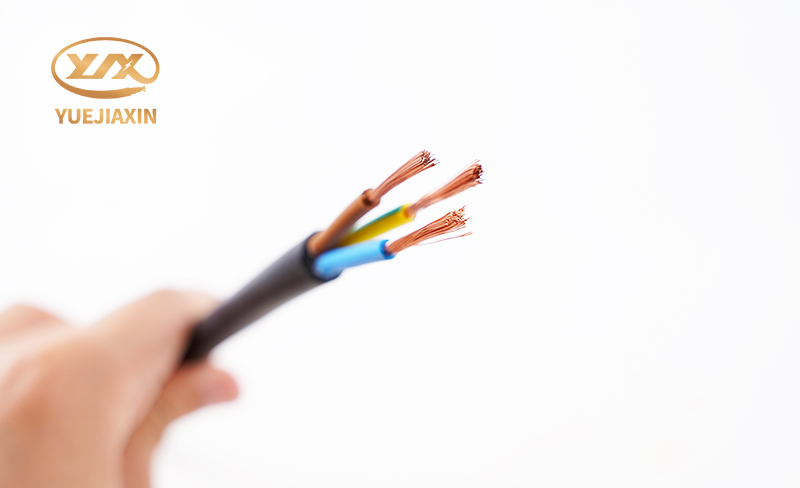
1 The reason why the cable has water ingress.
1. In domestic or industrial environments, water pipe leaks are a common cause of water intrusion into cables. Especially in humid areas such as kitchens and bathrooms, if water pipes are cracked or aged, water can easily seep into nearby cables.
2. Harsh weather conditions, such as heavy rain, floods, etc., may also cause water to enter outdoors or cables without adequate protective measures. These extreme weather conditions can cause standing water, which can leave cables soaked in water for extended periods of time.
3.: During the installation process, if the cable is not installed or protected correctly, such as waterproof casing or sealant is not used, then the cable is susceptible to the intrusion of external moisture.
4. Long-term lack of proper maintenance or improper maintenance may also lead to water intrusion into the cable. For example, dust and dirt around cables may prevent proper drainage, making it easier for moisture to seep inside the cables.
2 Solutions to water intrusion into cables.
1. Once water is found in the cable, the power supply should be cut off immediately to avoid electric shock and further damage to electrical equipment.
2. Remove the water-invading cable from the power socket or other connection point and handle it carefully to avoid touching the wires and exposed parts.
3. Depending on the water intrusion, it may be necessary to cut off the damaged part of the cable. If water only enters both ends, just cut off both ends and re-make the cable head wiring; if there is an obvious water inlet point in the middle, you need to cut off the cable near the water inlet point and make an intermediate joint.
4. The sawed-off cable ends should be sealed with a plastic sealing sleeve to prevent further moisture penetration.
5. Use special hot nitrogen to pressurize and dry the inside of the cable to remove residual moisture.
6. In order to ensure the normal operation of the cable, pressure leakage tests should be carried out regularly to detect and deal with potential problems in a timely manner.
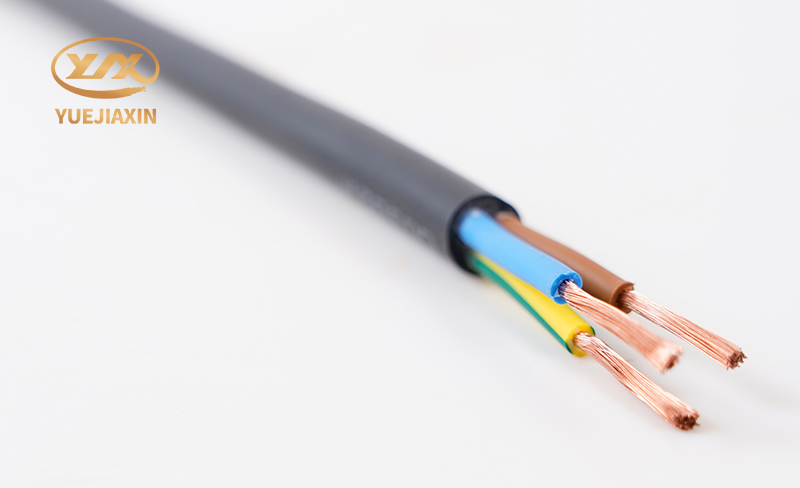
In short, water intrusion into the cable is a serious problem that needs to be dealt with promptly. If you find water in your cables, please contact a professional cable repairman or electrical engineer immediately for the best solution. In daily use, we should also pay attention to protecting the cable to avoid damage and water intrusion. Only in this way can the safety and reliability of cables be ensured and stable power supply be provided for our lives and work.

